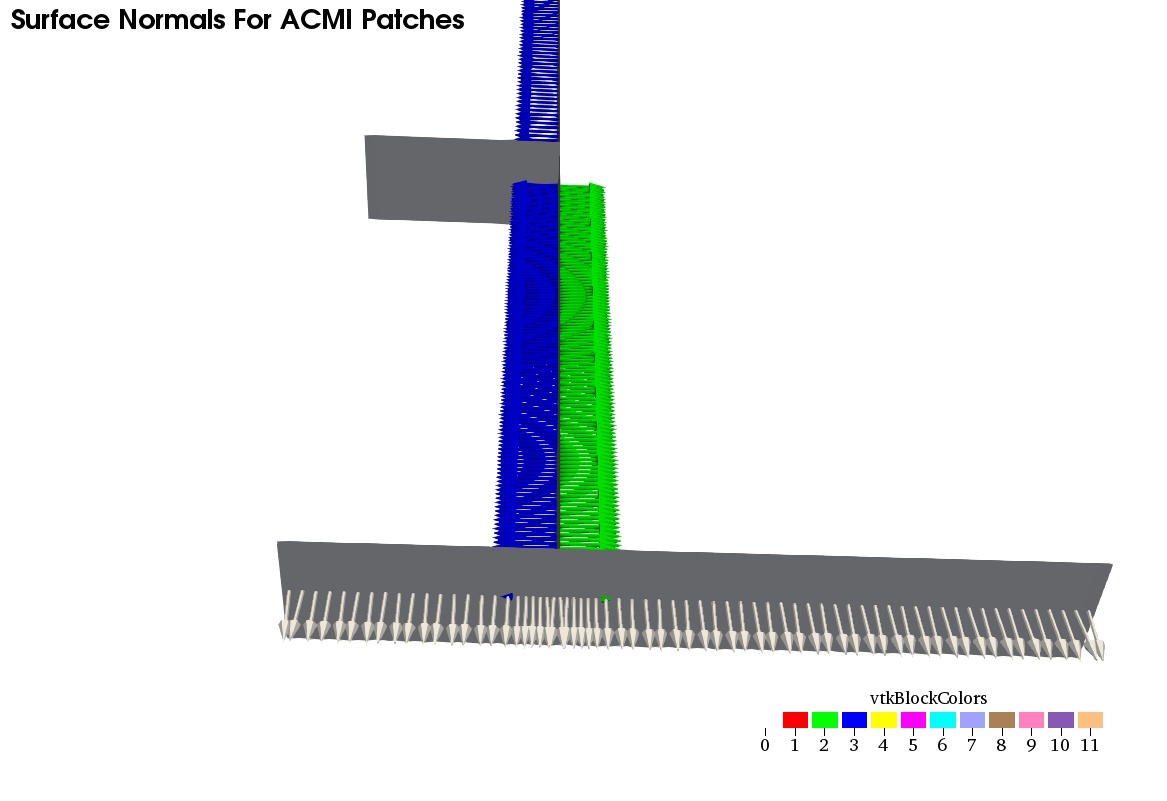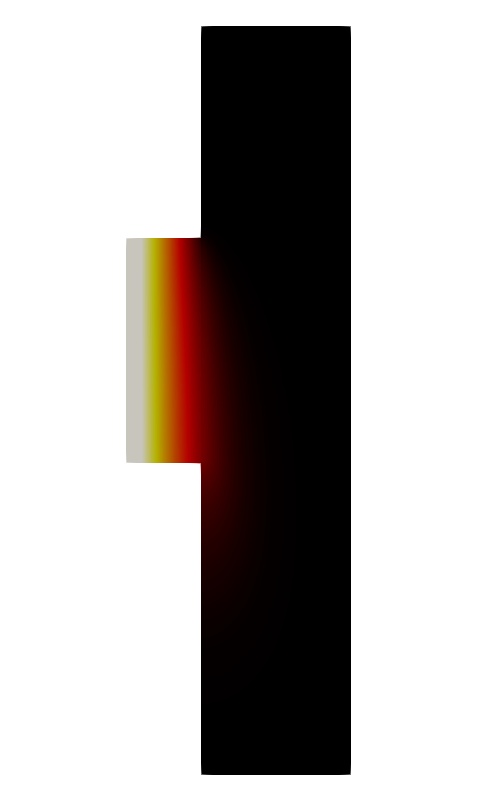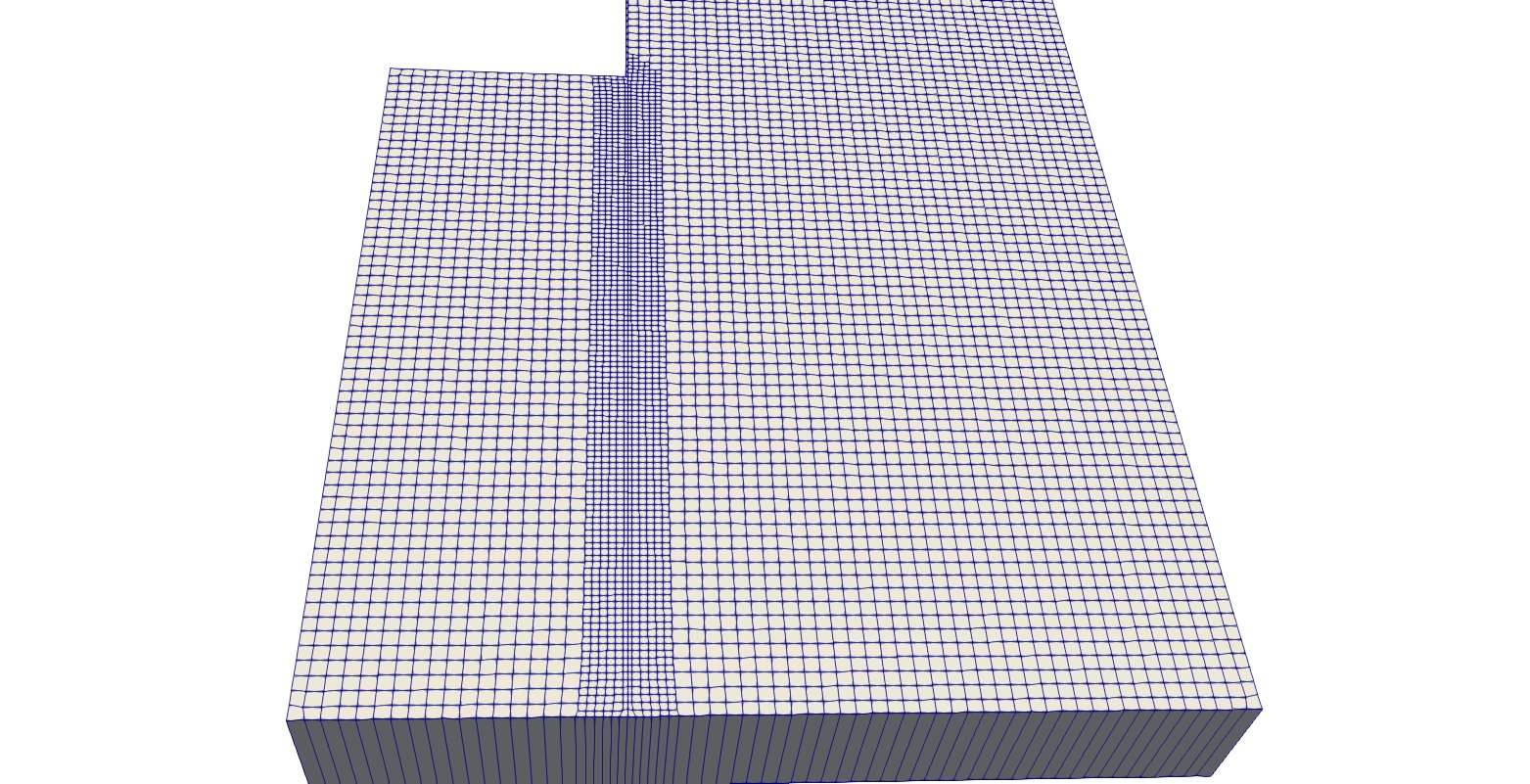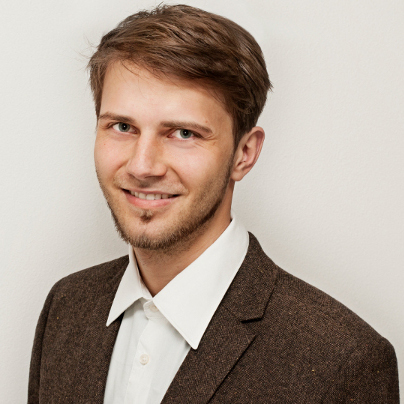ACMI Heat Transfer
laplacian(DyM)Foam, snappyHexMesh, arbitrary coupled mesh interface, dynamic mesh, coupling, decoupling
In industries, there are processes in which energy is transferred between different parts that connect and de-connect. For example, in the steel production sector, molds can vibrate while the shell is cooled via water. The vibrating molds cool the liquid pool which flows through it. Such a phenomenon is exciting and has to be considered in numerical investigations. Therefore, Tobias created this kind of tutorial which shows a moving block along a fixed part.
ACMI Boundary condition can be used for highly complex dynamic motions with regions that connect and de-connects
IThis training case demonstrates the generation of a moving, dynamic mesh that is heated-up. While the moving part is connected to the static part, a heat transfer takes place. While analyzing the training case, one will understand how the coupling interface, namely Arbitrary Coupled Mesh Interface (ACMI), is built. The generation of the ACMI incorporates several applications such as createPatch, topoSet, and createPatch. Any derivations of the case are possible to fit the requirements one needs. Furthermore, snappyHexMesh, in cooperation with flattenMash and extrudeMesh, is used to create a 2D mesh. To use the tutorial, one needs the modified solver named »laplacianDyMFoam«.



Published under the GNU General Public License 3
Over the last ten years, Tobias tried to publish a wide range of different materials related to OpenFOAM® and CFD. You know it much better than he does if the content is worth to be supported. If you want to thank Tobias for the work he did, feel free to tell the community your opinion about the work Tobias Holzmann is doing or you can email your thoughts directly to »
Support the work of Tobias Holzmann
The available OpenFOAM® training cases are tested and built for different OpenFOAM® versions (not distributions) on a Linux machine. During the tests, only the OpenFOAM Foundation version of OpenFOAM® was used. Furthermore, the following software packages are required for most of the training cases: Salome®, ParaView®, and for optimization tasks, one also needs the open-source software DAKOTA®. The OpenFOAM® cases might work with the ESI version of OpenFOAM® but it is not supported. For the OpenFOAM® extend project, the training cases will probably not work as the code diverged too much. Additionally, there is no support for Windows-based and MAC-based OpenFOAM® versions.
This offering is not approved or endorsed by OpenCFD Limited, producer and distributor of the OpenFOAM software via www.openfoam.com, and owner of the OPENFOAM® and OpenCFD® trade marks
Share the work on Your social network
Tobias would be grateful if you share his work on your social network in order to keep the OpenFOAM® community up to date. Furthermore, sharing the work will avoid that people investigate into topics, that are already prepared for your study such as the examples provided by Tobias Holzmann.


